Maker Board Monday: Atomic Pi x86 SBC
The success of the Raspberry Pi spawned an entire new category of single-board computers (SBCs) aiming to take a slice. Broadly, these boards fall into two categories: Those that follow the Raspberry Pi blueprint at a lower price, and those that expand on the Raspberry Pi, offering more features in a similar form factor. The Atomic Pi x86 SBC, from Digital Loggers Inc, might be in a category of its own. SBCs featuring x86 architecture are nothing new, but the Atomic Pi features a quad-core Intel Atom x5-Z8350 CPU, 2GB of RAM, and has a wide variety of peripherals and options – for just $35 USD.
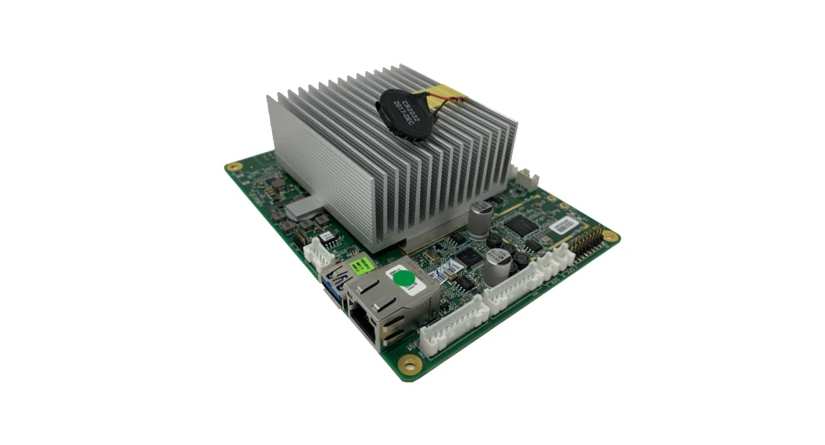
The onboard 16GB eMMC comes preloaded with a custom Atomic Pi OS, a Lubuntu Linux distribution (featuring drivers for some of the onboard peripherals), and the board will run with a 5v power supply. However, the built-in speaker amp requires a separate 12v supply to get its full volume range. With USB 3.0, connectors for USB 2.0, Gigabit Ethernet, Wi-Fi, and Bluetooth 4.0, along with a built-in high-resolution 9-axis inertial navigation sensor, surely the Atomic Pi blows the Raspberry Pi out of the water? Sort of. The Atomic Pi is a strange beast.
Atomic Pi x86 SBC: The Nuclear Option?
We'll look at the stats, story, and user experience of the Atomic Pi in detail later in this article, but now, should you get an Atomic Pi?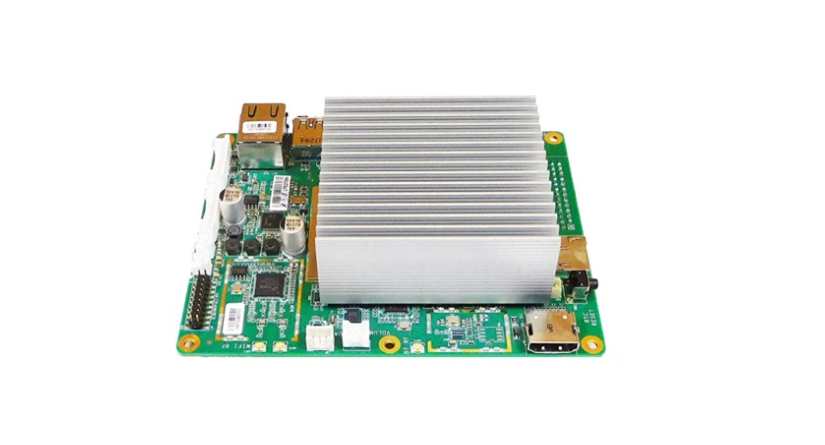
Yes, you should, but know what you are getting: An incredibly powerful Intel Atom SBC for a suspiciously, if not impossibly low price. I ran an Atomic Pi NAS (network-attached storage) device for some time, and my experiences have been mostly hassle-free, but there are some caveats. The board features some downright bizarre design decisions for a consumer Intel SBC.
To name a couple, you get a USB 3.0 port and an HDMI port, but no power socket. You need to wire into the power pins directly to power the board up. The 26 General Purpose Input/Output (GPIO) pins are on the bottom of the board, meaning doesn't sit flat on any surface, and there are no official cases for it either. The "camera connector" is a USB 2.0 port with a pin connector rather than the port itself.
Both the price and design can be attributed to the same circumstances: This was never meant to be a consumer-grade single-board computer. The x86 Atomic Pi is a repurposed industrial-grade control board from the canceled Kuri companion robot project. As such, it's a fantastic maker board for robotics.
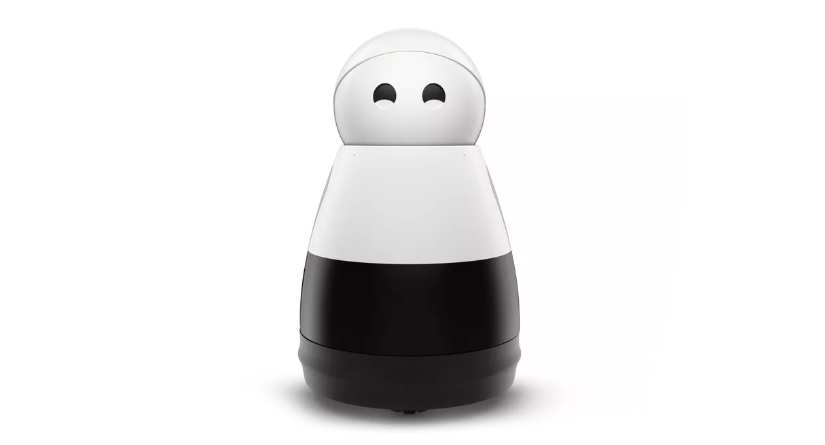
This brings me back to my initial verdict. You absolutely should get an Atomic Pi while you can. These are not being produced, and the Atom x5 family of chips has been phased out. They have been bought in bulk via auction, and presumably will run out sometime soon.
Having these out in the wild rather than rotting in a warehouse somewhere is a good thing, but it's still strange that they were marketed this way. Using "Pi" in the name is either great branding or bandwagon-jumping, but at the end of the day, it isn't the point. This is no Raspberry Pi competitor. It's a beast all of its own. A weird cross-breed never meant for this world, which will slowly disappear to time.
Get one while you can!
Buy from AmeriDroid (save $1 off purchase of $10 or more with code EMSUPPORTER at checkout)
The Atomic Pi Specs
One thing that cannot be ignored is how powerful the Atomic Pi Intel single-board computer is. It goes toe to toe with small form factor desktop PCs, and there really isn't anything like it in its price range.
- CPU: Intel Atom x5-Z8350 quad-core with 2M Cache.
- GPU: Integrated Intel HD Graphics
- RAM: 2GB DDR3L-1600
- Storage: 16GB eMMC, MicroSD slot
- Graphics: Full HDMI port & primary audio out Ports: USB 3.0, USB 2.0 "camera" connector
- Connectivity: Dual-band Wi-FI b/g/n/ac 2.4 & 5GHz Wi-Fi RT5572, Bluetooth 4.0, Gigabit RJ45 Ethernet
- Sensors: 9-axis inertial navigation sensor with compass (BNO055)
- Audio: HDMI (Primary), XMOS audio output with Class-D power amp (Secondary)
- Power: 5V. Typically 4-15 watts, optional separate 12v power supply for the audio amp.
- GPIO: 26-pin Power and GPIO pins below, TTL serial debug, and expansion serial ports up to 3.6Mbps above.
- Extras: Real-time clock & battery
Atomic Pi Review: My Experience
Like many, I found out about the Atomic Pi through internet word of mouth. I had it pegged as somewhat of an oddity, something that would either never hold up to its claims, or fail spectacularly somewhere in its Kickstarter journey.
Fast forward a few months, and it's the fastest, quietest, low-powered server I've owned. I've never put it through its paces, my server is a hacked together NAS and general-purpose database to tinker with, but it remained solid and reliable right up until it was boxed up for a house move, never to be seen again. RIP, at least until that moving box turns up again. Other folks have put it to good use as a powerful option for retro gaming machines, or even an arcade cabinet for emulation purposes. Although the Atomic Pi isn't engineered with retro gaming in mind, it's a perfectly capable SBC for retro gaming.
Day one with the Atomic Pi is an odd experience. Unless you immediately buy an expansion board, you will need to make your own 5v power supply, by splicing a barrel jack connector onto some jumper cables connected to the GPIO pins. I followed advice from other Atomic Pi users and doubled up my power wires to avoid issues.
If you want to use Wi-Fi, you'll need to attach your own antenna directly to the board. If you don't, you'll want to turn it off as it was about the only part of the board I ever noticed running hot. There are optional solder pads for a fan, though I found the beefy heatsink more than capable of keeping everything else cool.
In my use case, I only connected a display, mouse, and keyboard for setting up SSH and a VNC server, but the Atomic Pi is more than capable acting as a low powered desktop computer. It even supports 64-bit installs of Linux and Windows 10, though performance will suffer.
In my short time with the Atomic Pi I've found it to be a solid x86-based board for an unbelievably cheap price. It certainly has its quirks, and it's no Raspberry Pi, but it offers things nothing else at this price does. For example, I never even touched the XMOS audio driver and onboard 12v speaker amp. It's also easy to forget it has an industry-grade inertial tracking sensor built into the board.
The fact it was never meant to be a consumer SBC makes it one of the most interesting SBCs available, and I can see myself repurposing it for years to come. It's been a home server, but now I want to use its full set of features for something. Perhaps some kind of robot?
The Story of the Atomic Pi - What is the Atomic Pi?
When I got my Atomic Pi it never occurred to me that it wasn't just another SBC designed as an alternative to the Raspberry Pi. It wasn't until revisiting it for this article that it started to seem a bit strange.
While there is nothing inherently wrong with the product page on the Digital Loggers Inc website, some of the purchase options struck me as odd. The box of 24 Atomic Pi units, especially (offering almost $5 reduction per unit), struck me as something you'd see as an industry purchase or even an auction piece.
After a little digging, I found the story of Kuri, the canceled companion robot from Mayfield Robotics. In short, after the decision to not move forward with Kuri, Mayfield sold off their stock via auction.
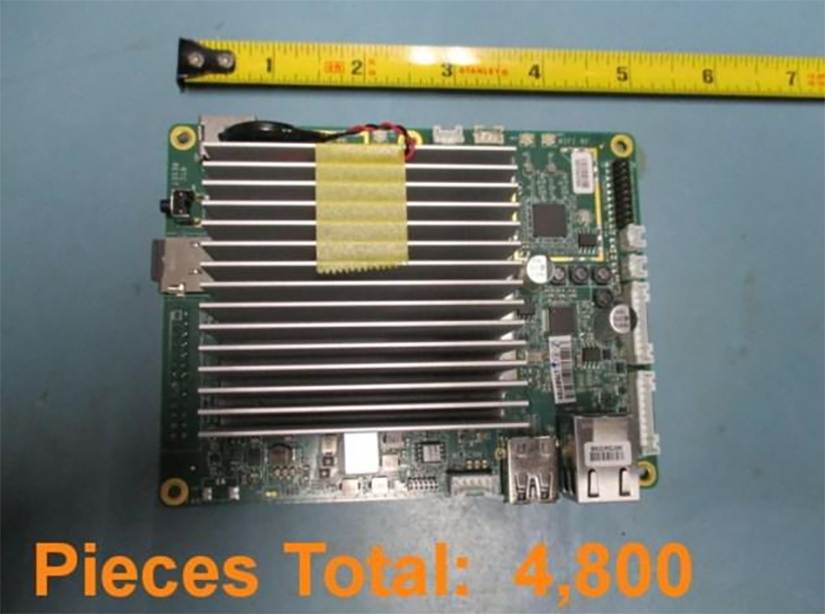
The Atomic Pi is an AAEON MF-001, the main control board for Kuri. This seems fairly cut and dried when comparing it to images from an FCCID.io search. I couldn't help but notice similar lots with camera breakout boards resembling those sold in Atomic Pi kits too, though that element is pure speculation on my part.
Christopher Barnett of Explaining Computers gives a more thorough overview of this story, along with a detailed look at the board in his Atomic Pi video.
To close, I want to make it clear that I'm not taking a moral standpoint on how the Atomic Pi came to be. It's an oddity in the world of SBCs, and the decision to repurpose industrial control boards saves them from simply taking up shelf space or becoming yet more industrial waste. If anything, the Atomic Pi speaks to the absolute explosion of SBC use in recent years, and the fact that hobby hardware has become such a large industry that we have loved brand names to pin even the most esoteric products to.





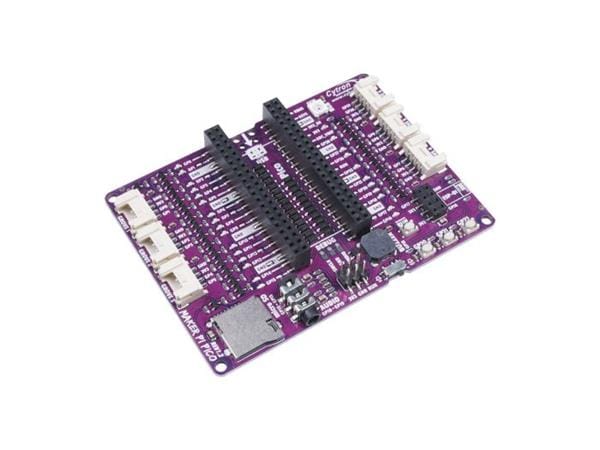
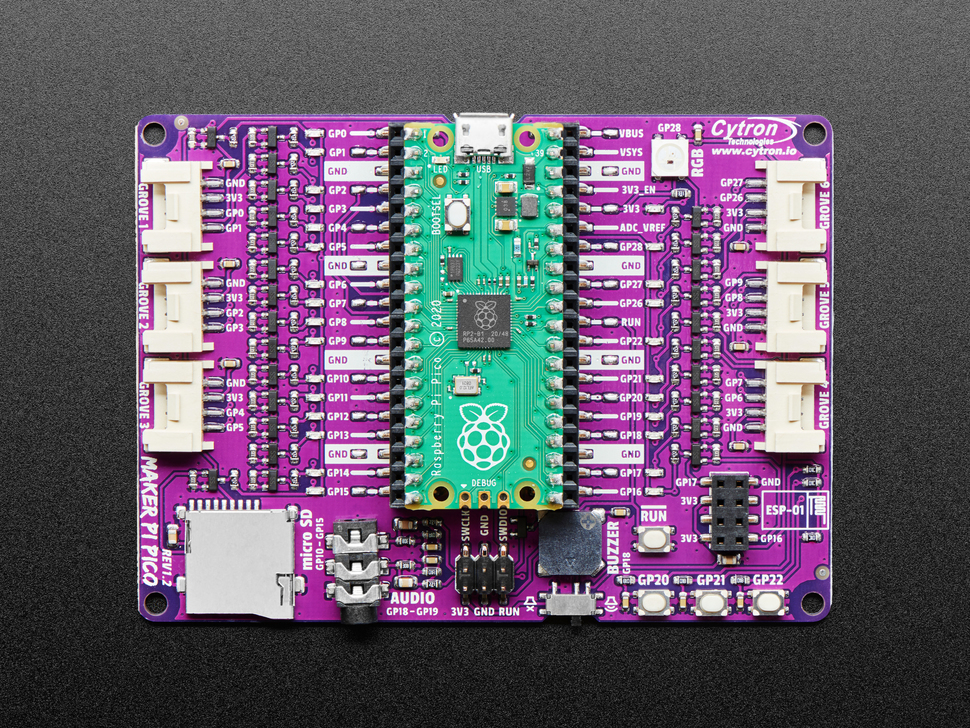
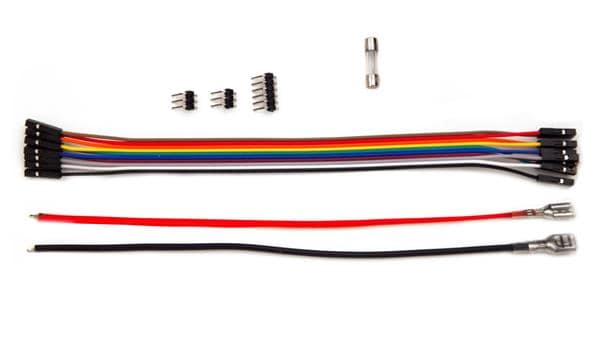

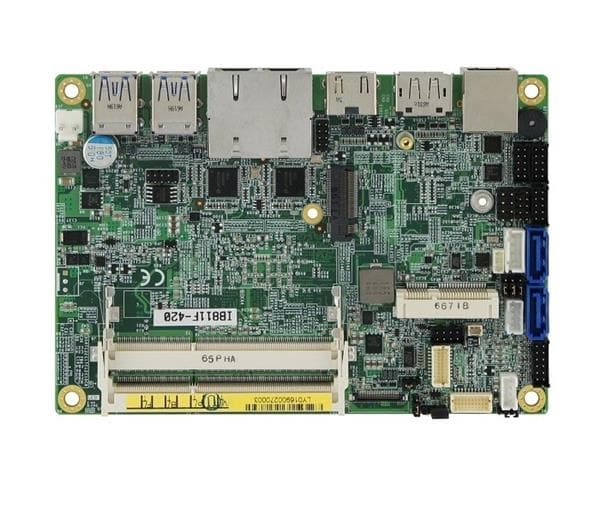
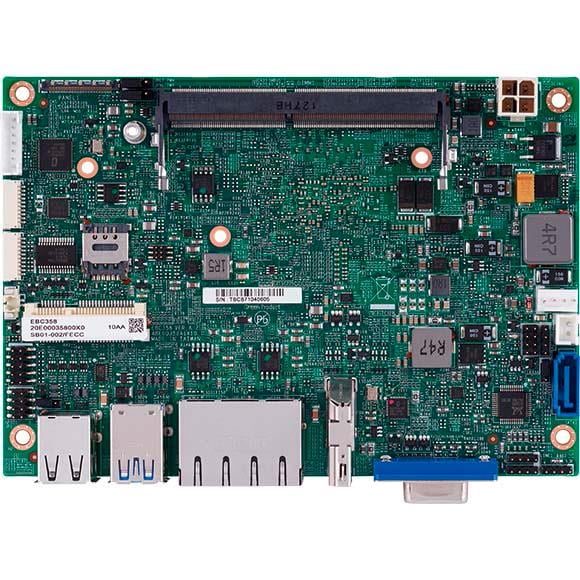
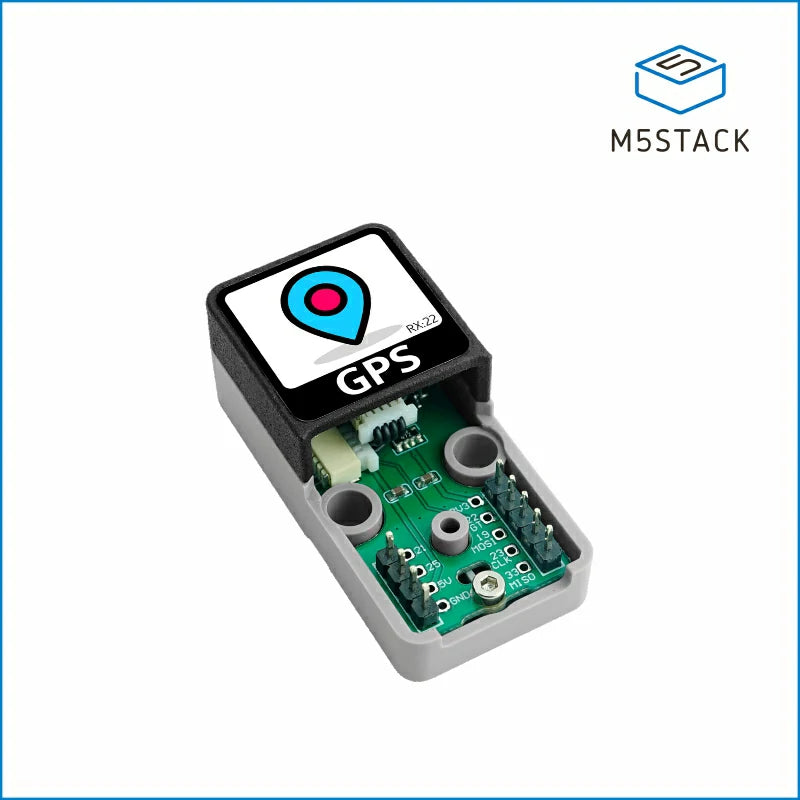
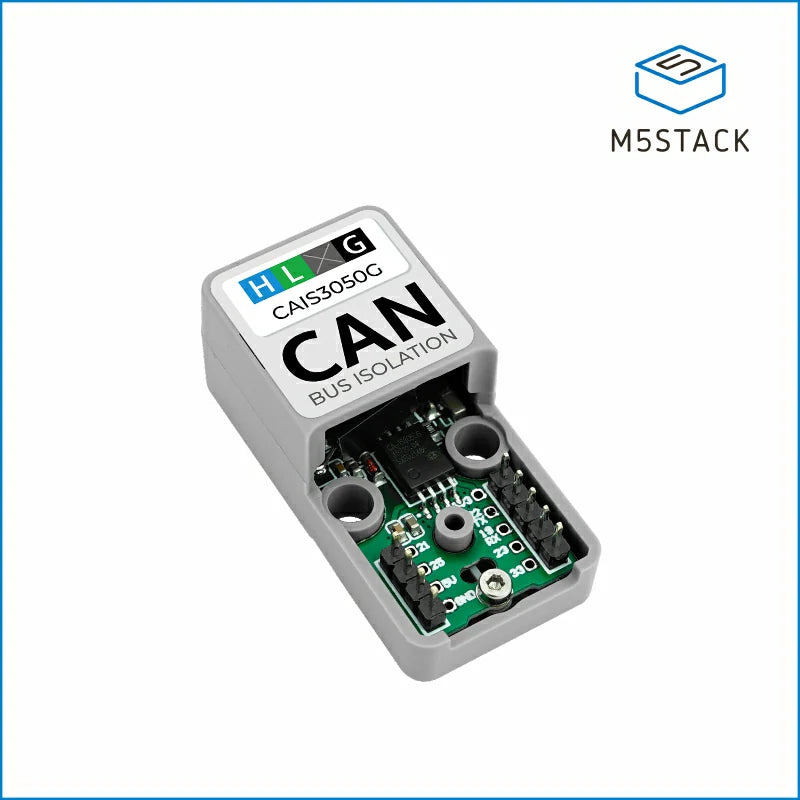
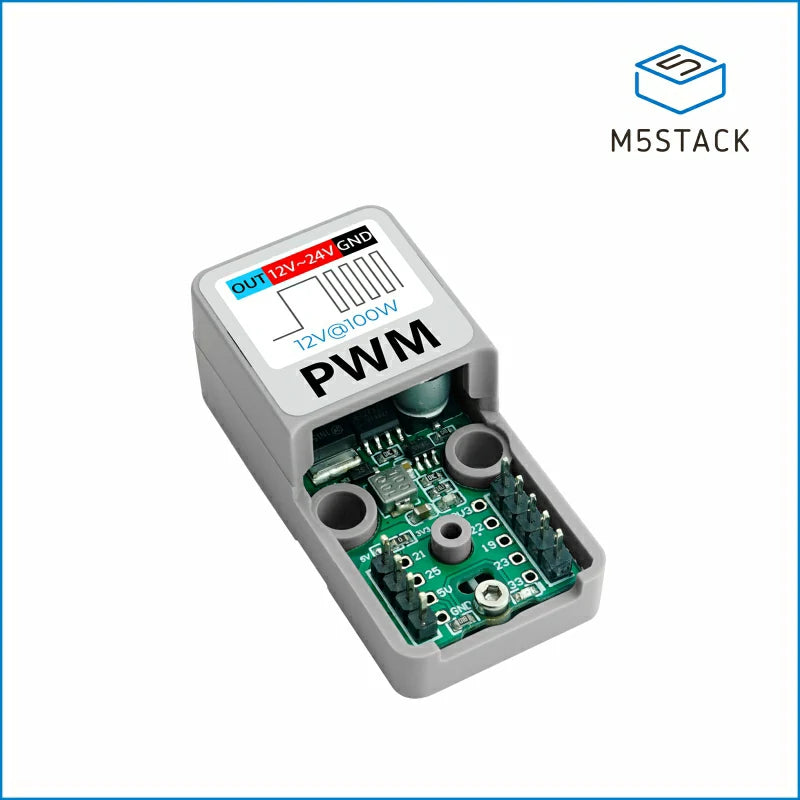
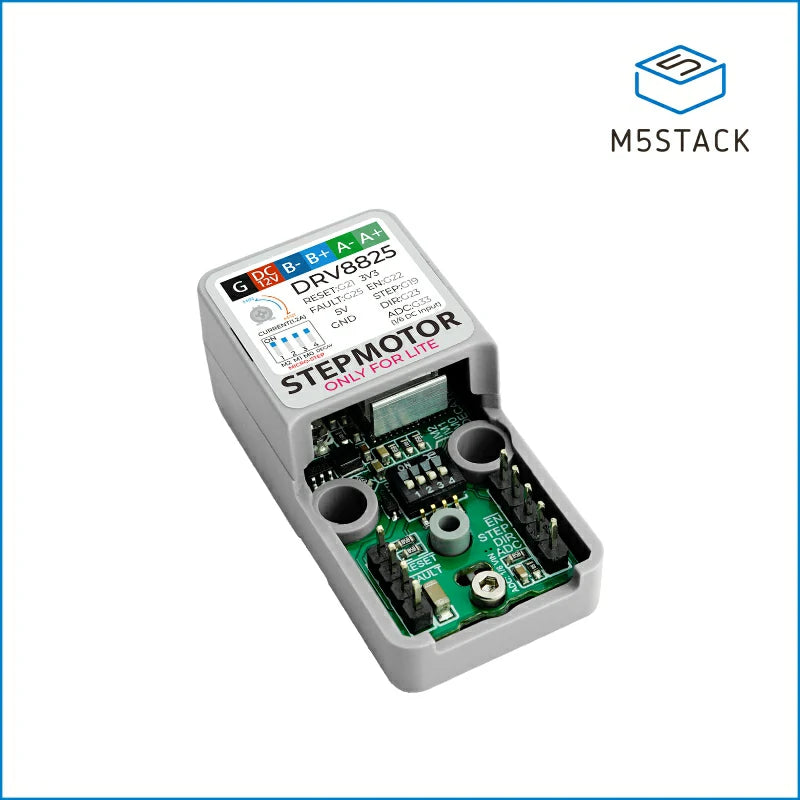
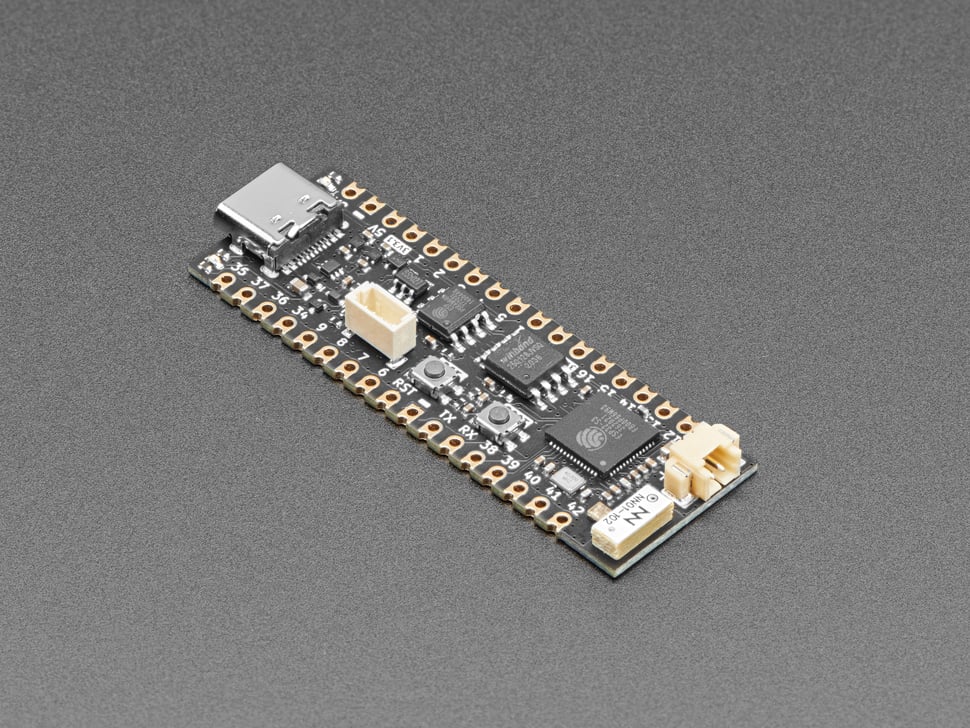
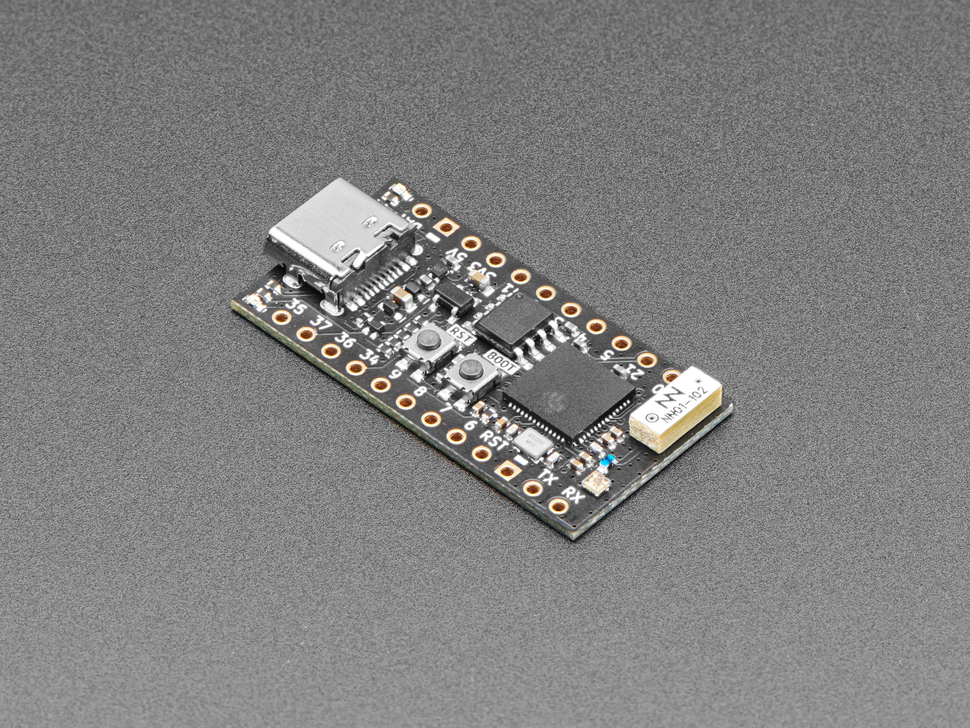
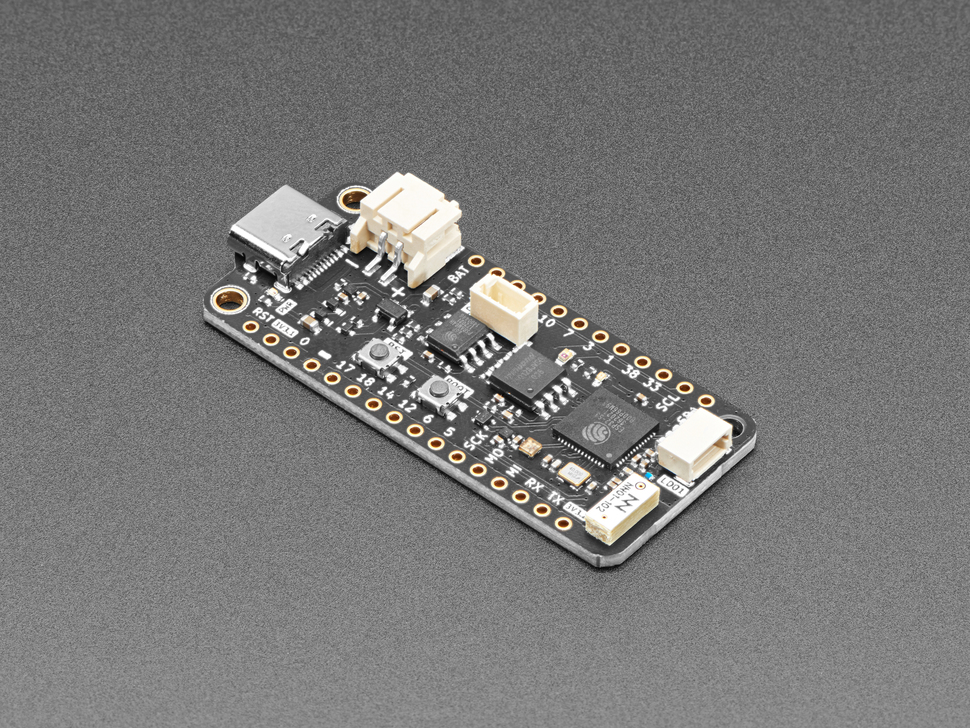
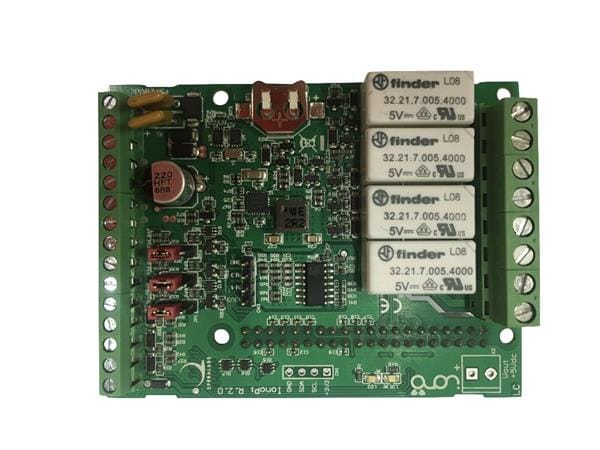
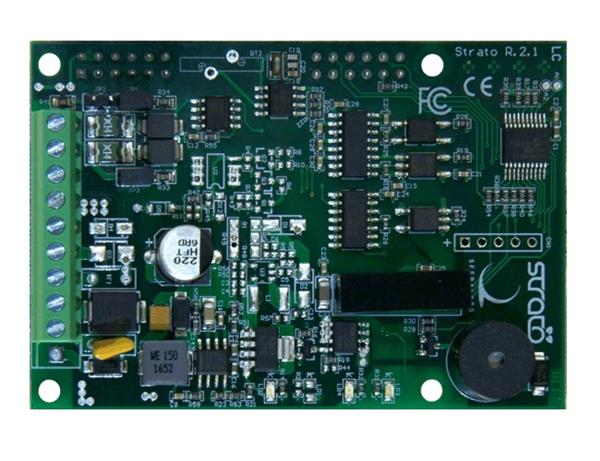
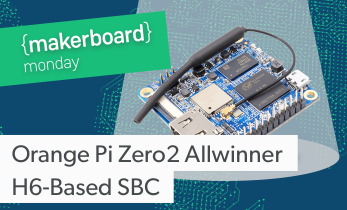
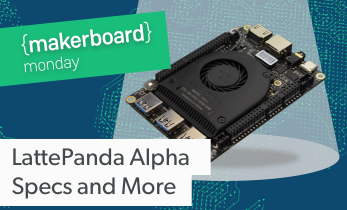
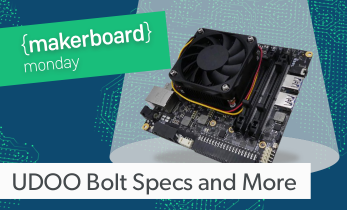
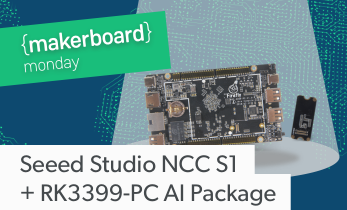
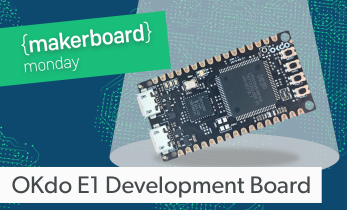
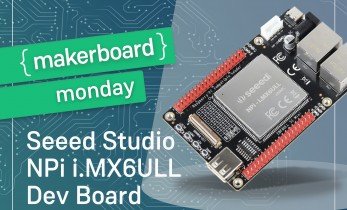
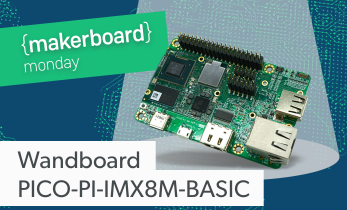


Leave your feedback...